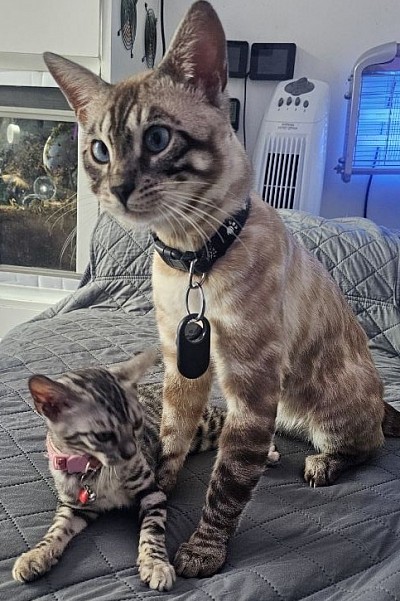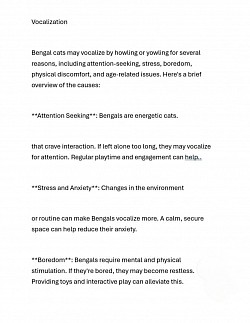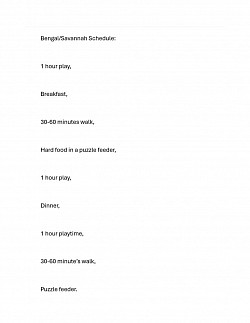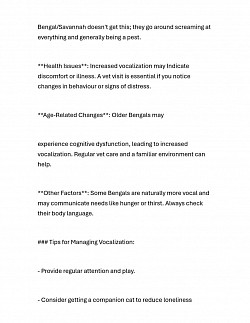Vocalisation
vocalisation
vocalisation
Comprehending your cat’s diverse range of chirps and meows is essential for accurately interpreting their emotions. Cats use vocalisations to communicate their needs directly—whether it be hunger, affection, distress, or pain.
Some cats are naturally more reserved, while others tend to be quite vocal. Kittens that receive frequent handling and socialisation typically develop into more communicative adults. Breeds such as Siamese and Abyssinian are particularly noted for their talkative nature. As cats age, increased vocalisation is common and may be associated with age-related changes like cognitive decline or vision impairment. An anxious or disoriented cat may vocalise to seek reassurance. Additionally, cats experiencing hearing loss might vocalise more loudly due to an inability to regulate their volume. Any significant behavioural changes should prompt a veterinary consultation to exclude underlying health concerns.
Different Sounds a Cat Makes
Meowing: The “meow” serves as a versatile vocalisation used to greet, request, object, or announce. Cats often meow to themselves while exploring their environment.
- Chirps and Trills: Primarily employed by mother cats to communicate with their kittens, these sounds indicate that your cat wishes for you to follow them—often to their food bowl. In multi-cat households, this form of communication is frequently observed.
- Purring: Purring generally signifies contentment. Cats purr when happy, including during feeding. However, purring can also occur when a cat is anxious or unwell, serving as a self-soothing mechanism.
- Growling, Hissing, or Spitting: These vocalisations clearly indicate that a cat is irritated, frightened, angry, or defensive. It is important to respect their space and allow them to be undisturbed in such situations.
- Yowling or Howling: These loud, prolonged meows express distress, whether your cat is trapped, searching for you, or experiencing pain. Prompt action is advised to locate your cat if you hear these sounds. In unaltered cats, this vocalisation may also signify mating behaviour, while older cats might use howling to convey confusion or disorientation.
- Chattering, Chittering, or Twittering: These sounds often occur when your cat is observing birds or squirrels through a window. They reflect excitement and may indicate that your cat is focused on a potential prey.
By accurately interpreting these vocalisations and their contexts, you can respond effectively to your cat’s needs and emotions, thereby enhancing the bond you share.
What specific steps should I take when I hear my cat howling?
Are there additional sounds cats produce that signify different emotions or needs?
How can I distinguish whether my cat’s chattering is due to excitement or frustration?
Vocalisation
vocalisation





